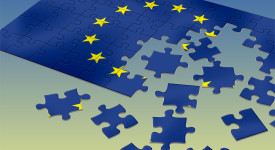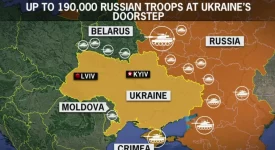Climate Action and Energy Commissioner Miguel Cañete said that the EU Energy Union would be partly built by private finance guaranteed by public money. Such “combined” mechanisms are the crux of the EU’s flagship Investment Plan that aims to raise €315 billion by staking €21 billion of public money from the European Commission and European Investment Bank (EIB) in risk guarantees. Mr Cañete confirmed a similar principle would be used to boost private investment across the five pillars of the projected energy union – energy security, renewables, energy efficiency, internal energy market, and research and innovation.
Commissioner Cañete was speaking on Monday (16 February) at the launch of two financial tools based on leveraging private backing. The system brings in approximately €200 million in cheap long-term loans, technical support, and credit risk protection for banks. Those banks will provide credit to entrepreneurs, companies, and local municipalities so that they can invest in energy efficiency and the conservation of biodiversity. The tools would serve as a “pilot” for both the planned Energy Union and the Investment Plan. Mr Cañete thinks that their success would boost confidence in the tactic. “This is a contribution to protecting the climate, saving energy for our citizens and making Europe less dependent on imported energy. This is what building an Energy Union is all about,” he commented.
The European Commission is about to publish a communication on the EU Energy Union on 25 February including an action plan. However, the document will not specify the “blended” mechanisms. Instead, the communication will be a broad memo hinting the objectives of the project instead of going into detail. The memo will use new legislation as it seen crucial for the establishment of the Energy Union. The project of an EU-wide Energy Union was mostly triggered by the EU’s dependence on Russian gas and in response to the conflict in Ukraine.







